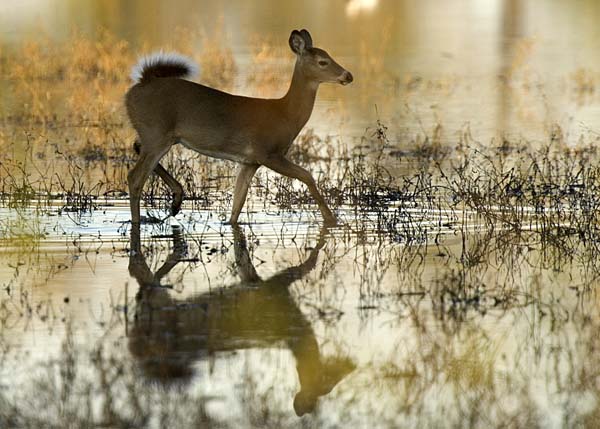 Rocky Mountain National Park was the site of a study of the effectiveness of GonaCon, a wildlife contraceptive in elk. The park has quite an elk problem. With no predators to worry about, the elk eat, wander through nearby Estes Park, stroll the golf course, eat some more, and make lots of baby elk. They have altered the park’s ecosystem by not allowing willows and aspens to grow.
Rocky Mountain National Park was the site of a study of the effectiveness of GonaCon, a wildlife contraceptive in elk. The park has quite an elk problem. With no predators to worry about, the elk eat, wander through nearby Estes Park, stroll the golf course, eat some more, and make lots of baby elk. They have altered the park’s ecosystem by not allowing willows and aspens to grow.
Culling is the foundation of the park’s plan to reduce the herd, but of course, that bothers some people. A lot. This excellent story in New West has all the details on the elk in the park and the GonaCon study.
If you are unaware or need a refresher of why wildlife managers would welcome an effective and inexpensive wildlife contraceptive, here are a few articles. New Jersey Hills/The Progress. (Utah) Standard-Examiner. The New York Times. (And yes, that’s a little heavy on the New Jersey deer, but no place does suburban deer quite like NJ.)
Photo: A bull elk, I don’t know where. Probably not in the Rocky Mountain National Park. Credit: Gary Zahm, courtesy of US Fish and Wildlife Service



